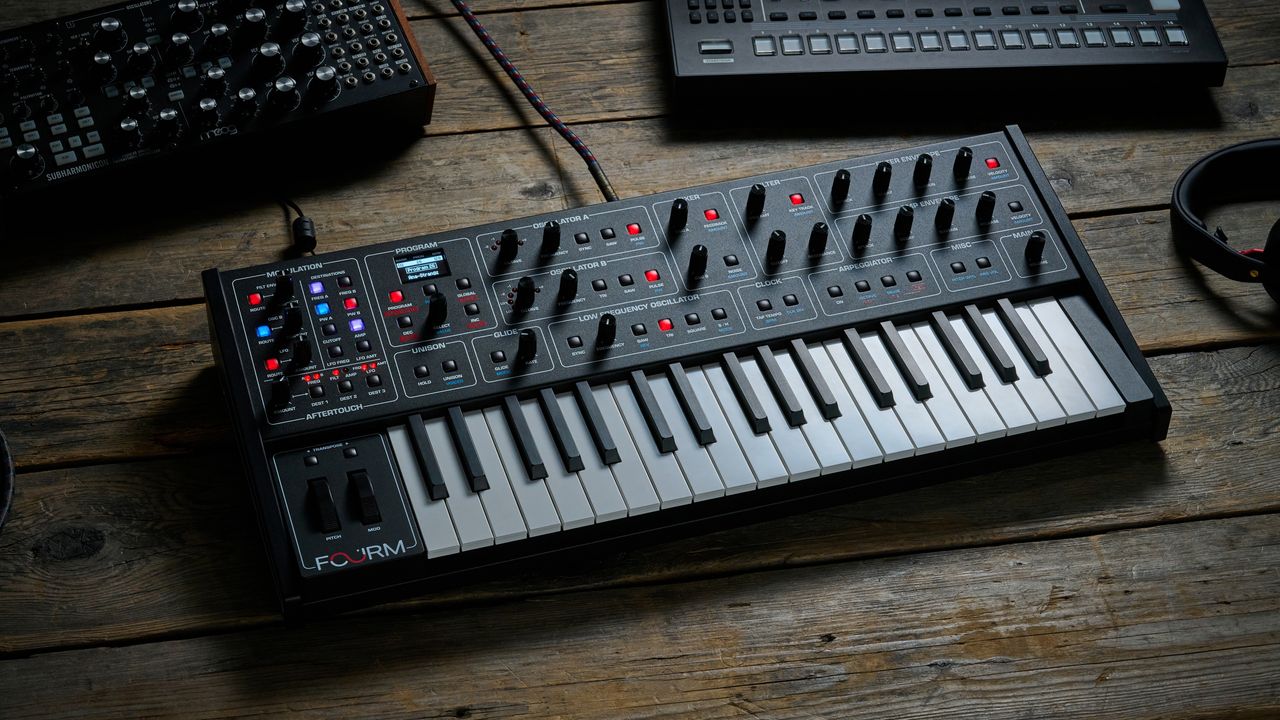
What is it?
There are people who thought that Focusrite’s purchase of Sequential in 2021 would mean a lessening of quality for subsequent releases – like a big company can’t be as focused and 100% on its game as a smaller group of R&D experts just concentrating on designing great synths.
It’s the same group of people who cast similar aspersions when InMusic snaffled up Moog Music and started releasing cheap Moogs like the Messenger. Those same people will certainly jump on Sequential’s latest release, Fourm, and cite it as their ‘I told you so’ synth moment.
That’s because Fourm’s specs are limited and it has a price tag that puts it in Behringer territory, just $999.99/€949.99/£799.99. Its maximum number of four notes of polyphony is, well, not even the number of digits on a typical hand, and those slim keys might be a chore to wrestle with (by that typical hand). Fourm’s other specs can be seen as pretty basic too – two oscillators, little in the way of effects, and a very typical subtractive signal path.
However, the only problem with this particular bandwagon jump is that it turns out that Fourm delivers way more than its asking price promises. It’s a pure analogue poly synth for a start, and has native polyphonic aftertouch by way of its own specially-designed ‘Tactive’ keybed (previous Sequentials are reactive to poly aftertouch, but don’t feature this rather exclusive keybed).
Then there’s the (almost) knob-per-function workflow, a Prophet-lineage’ resonant filter, plus a sequencer and arpeggiator all wrapped up in a quality steel chassis. It’s not so much a dumbed-down Sequential, then, but more a release that could cause ripples not only in the synth market, but in your bank account.
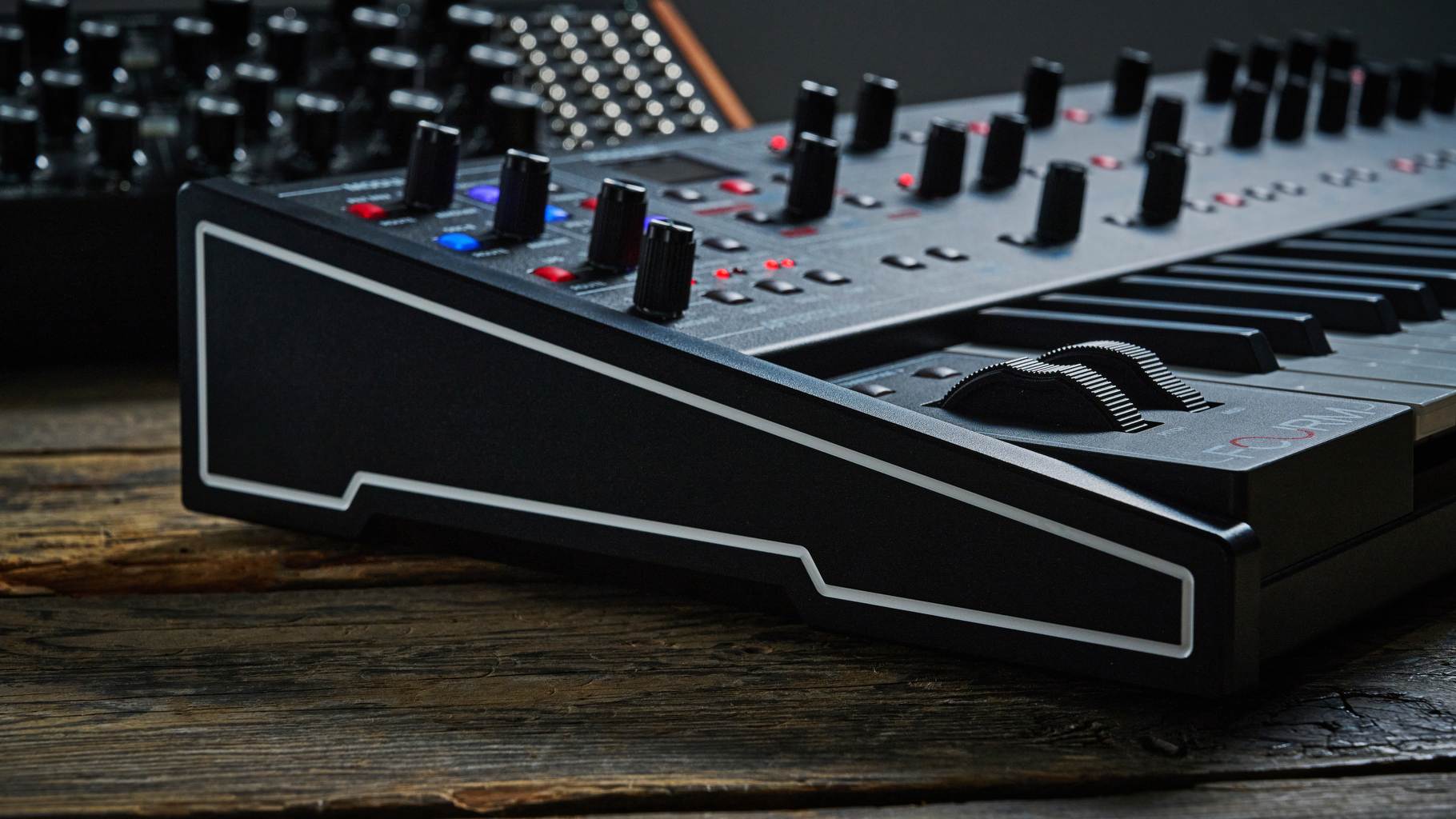
Performance
Unboxing Fourm and you already feel that this synth is worth more than it initially promises. It’s built like a tank with an all-steel chassis, and tied with its small form factor, makes it feel rather like one of those 1970s monster monosynths, possibly boasting a Russian name.
However, Fourm is pure American – or, ok, American owned by a Brit company – and still very much screams ‘Sequential’ in both design and sound. The modulation area (see box below) is on the left and familiar, and the rest of the sections – oscillator, filter envelopes, LFO etc – are laid out as you’d expect to see on any Prophet. It’s easy to use, too. That one button per function philosophy doesn’t quite extend to everything, but you’re never more than a couple of presses away from where you need to be.
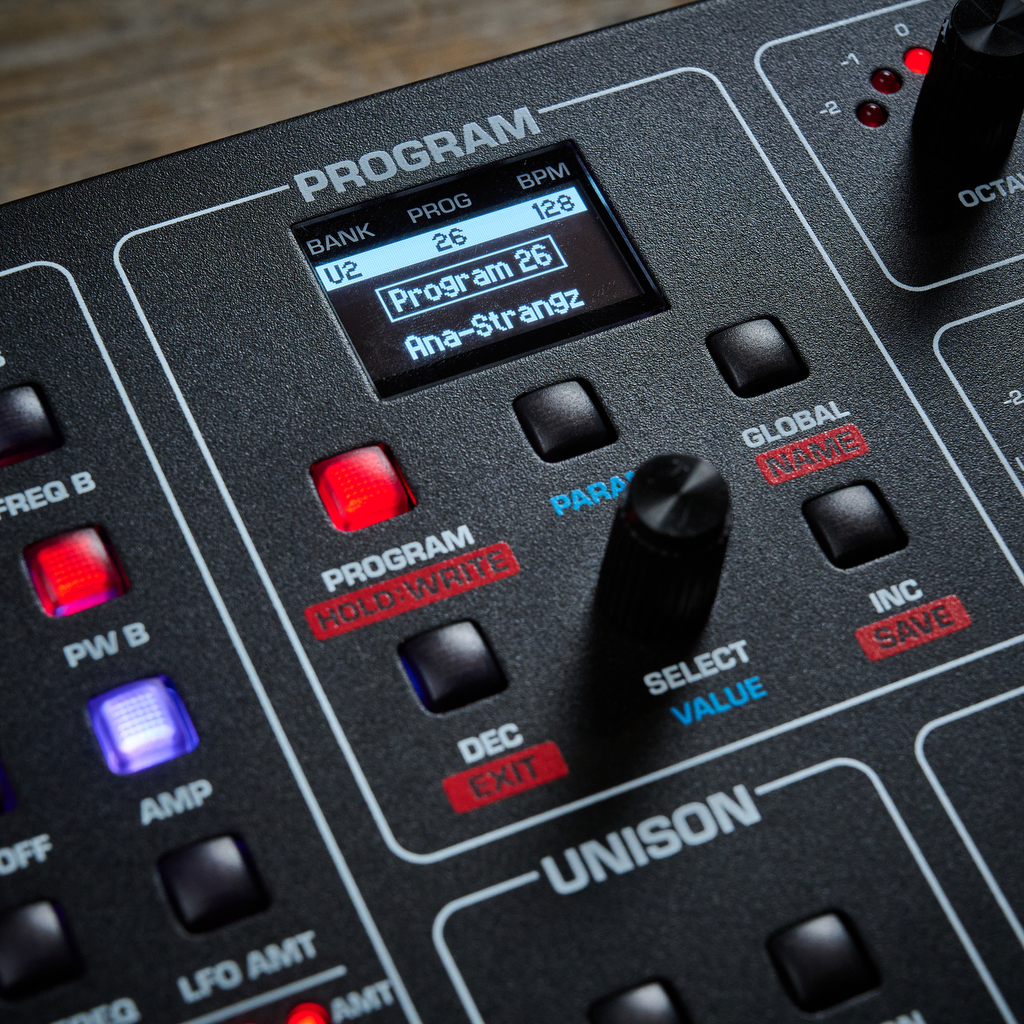
Skating over the main sections and the screen area is where you’ll navigate around the presets, Global options (36 including MIDI, tuning and aftertouch setup) and other parameters. 30 of these – think noise level, number of unison voices, bpm and arpeggiator modes – are available through a Param button below the screen. You can choose to step through and adjust these with the value dial, which selects a parameter with a press and adjusts it with a dial.
However, these parameters also mirror the controls on Fourm with dual functions indicated by blue text, so you can either access these via the main Param button or by holding down the control on any dual function to access its second option and then tweak it.
While we’ve probably made this sound way more complicated than it is, both routes allow you to quickly access any dual function and edit it via the screen, indicating its value. What the screen /doesn’t/ show, however, is the value of other options like each oscillator’s mix level, and the envelope values for each of the four stages – anything that has its own dedicated knob, basically.
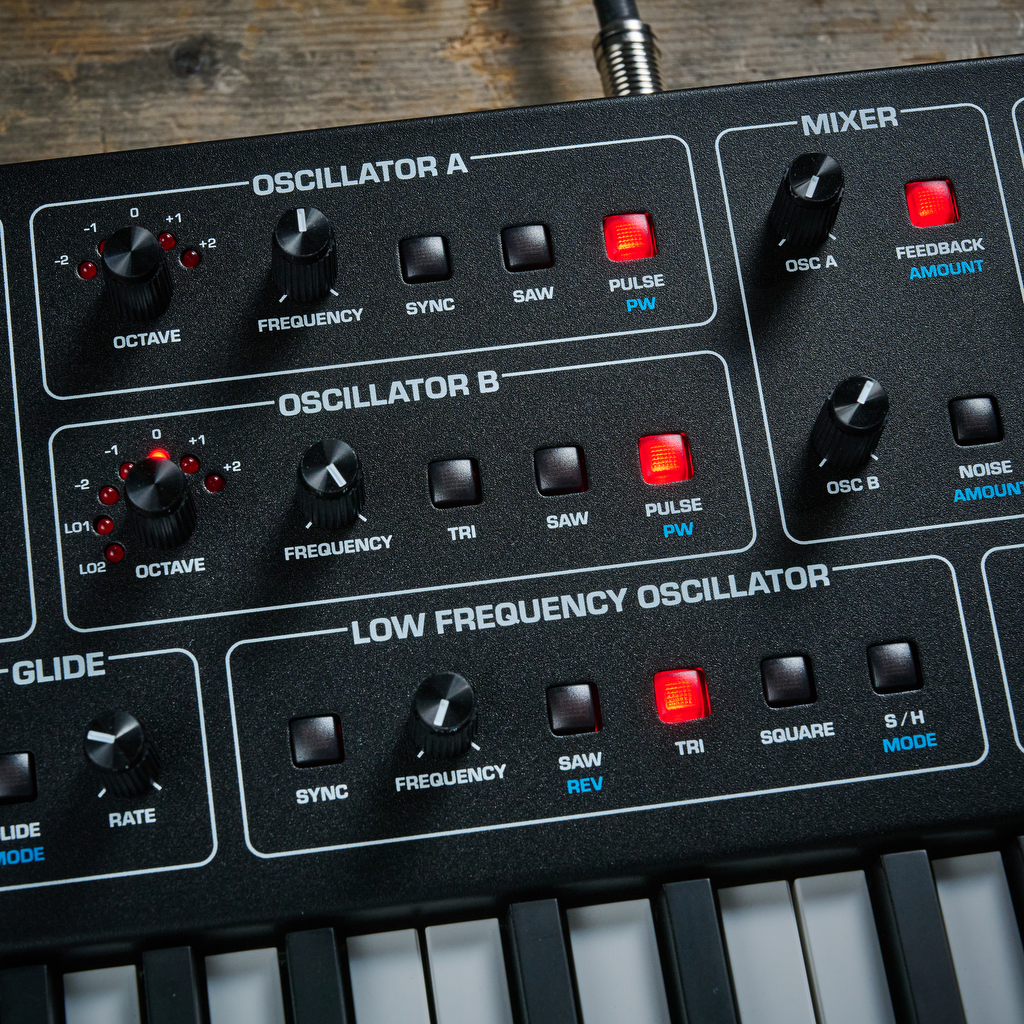
Whether this bothers you or not is really up to how you work. It didn’t make much difference to us, as it’s pretty obvious to gauge a parameter’s value by its knob position, and after using Fourm for a while, we were accessing the primary and secondary functions almost automatically.
Presets are dialled in around the screen too, so we might as well cover Fourm’s sound while we’re here. Don’t make the mistake of simply dialling through these to audition them – as we did – as you might feel the sounds are all a bit 'samey’, and that’s because they are! Sequential has spread them by category (we counted 17 different ones, including a Favourites area), so you select pads, strings, bass, organ or whatever first, and then audition up to around 30 different ones within each category.
There are 128 presets (plus 128 more due on October 14) plus 256 user slots, and while Fourm is typically analogue in style, it is also typically analogue in depth and colour. So while you might think your VA softsynth will handle much of what is on offer – and probably more in terms of polyphony – it won’t deliver the richness and punchiness that you get here. Pads are deep and full – even with just four notes – and the basses punch well above their weight.
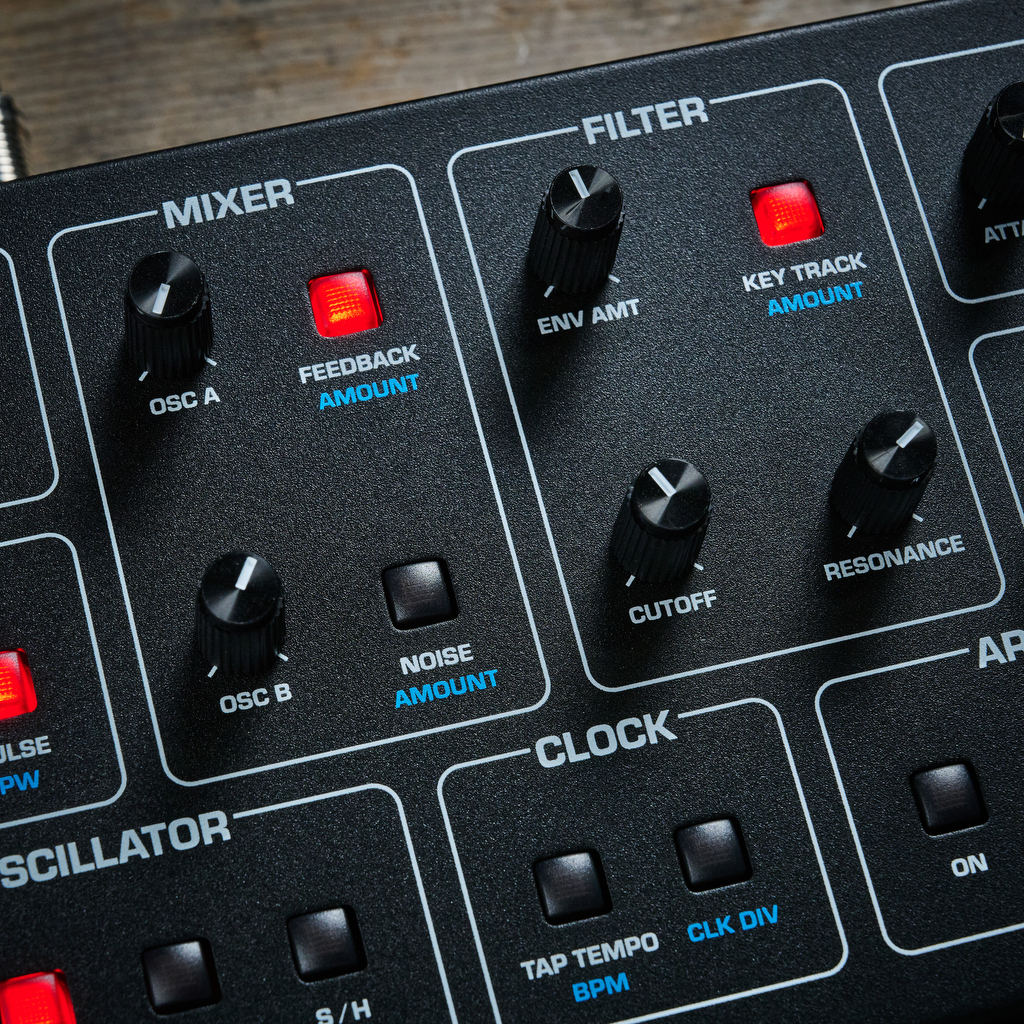
The original Prophet was not just famed for its ‘synth’ sounds as it tried to emulate many ‘real’ instruments too, and its keyboard sounds – especially its electric pianos – have won many fans over the years, including Radiohead. Fortunately, many keys, organs and other bells and whistles are included here too, and most are just as evocative and usable as on the original Prophet.
The sounds can easily be tweaked by way of Fourm’s simple signal path, with each oscillator having simultaneously-selectable waveforms (again using button presses), and the second featuring a low frequency mode. Noise is available to dial in, and the filter, while basic, is that classic Prophet style 4-pole resonant low-pass. You may not get the meandering and evolving atmosphere that you’ll find on much more expensive digital and analogue synths – think Groove Synthesis or Waldorf – but you can use the fantastic modulation to create your own (see below).
Finally, other bonus features include Feedback and Vintage parameters to introduce more grit and imperfections, four Glide modes for flexible note transitions and 303-style effects, a 64-step sequencer (via the arp), plus an extensive list of 64 tunings to choose from in the Global menu.
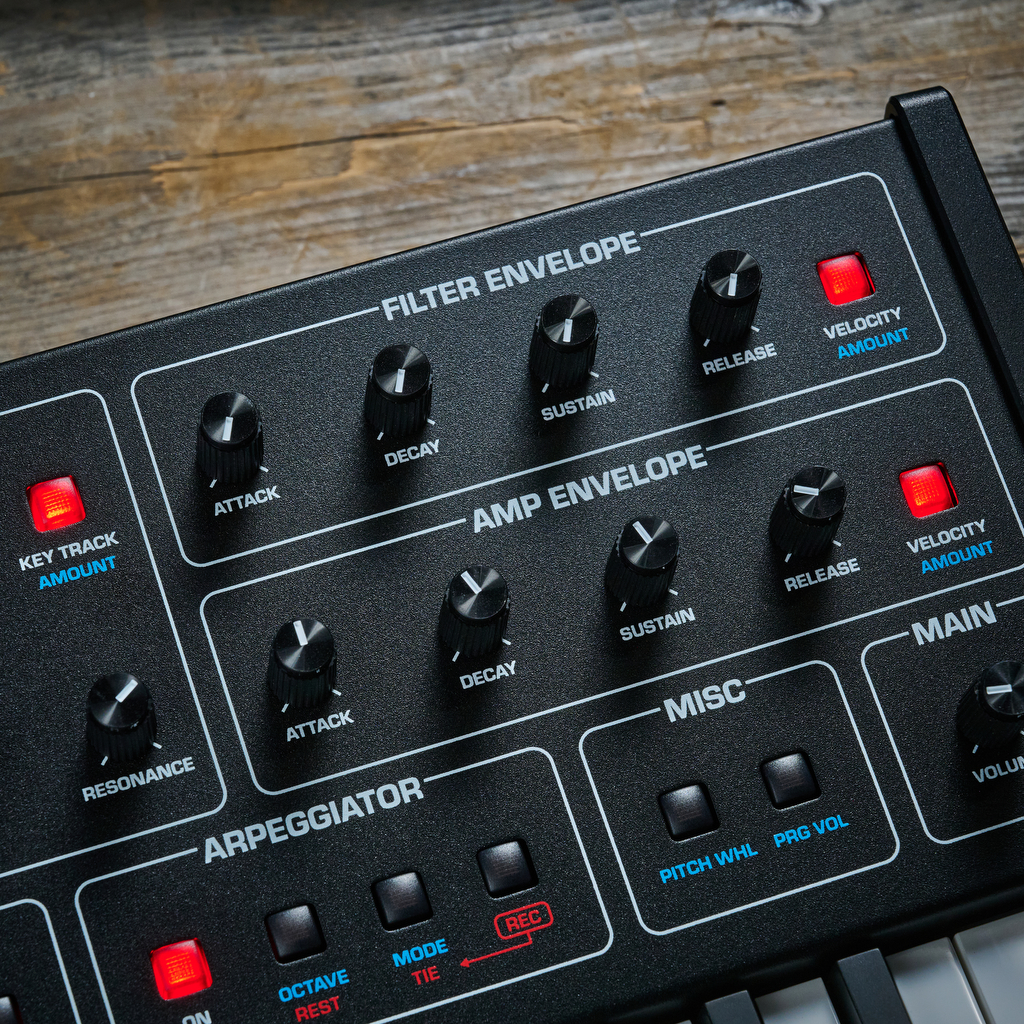
You’re getting a lot more in Fourm than you might initially expect, then, especially considering that asking price. It has a welcoming design for any synth user, and beginners will certainly learn a lot and find their way around its architecture and signal flow with ease. Where it stands out is the sound – which has all the character you’d expect from pure analogue – the modulation, and hands-on controls, which allow you to take that sound on many a sonic journey and very quickly.
Quite simply, if you’ve ever yearned for a Sequential – the classic (or new) Prophet-5s, the Oberheim partnerships, or newer Prophet-6 and Trigon – but been put off by their prices, then this is the analogue synth you need to audition. It turns out we needn’t have feared Focusrite’s input after all, as with Fourm, the company has introduced economies of scale to the Sequential model, so now we can all enjoy that classic analogue sound. Bottom line: it’s one of the best analogue polys for the price, in any way, shape or form.
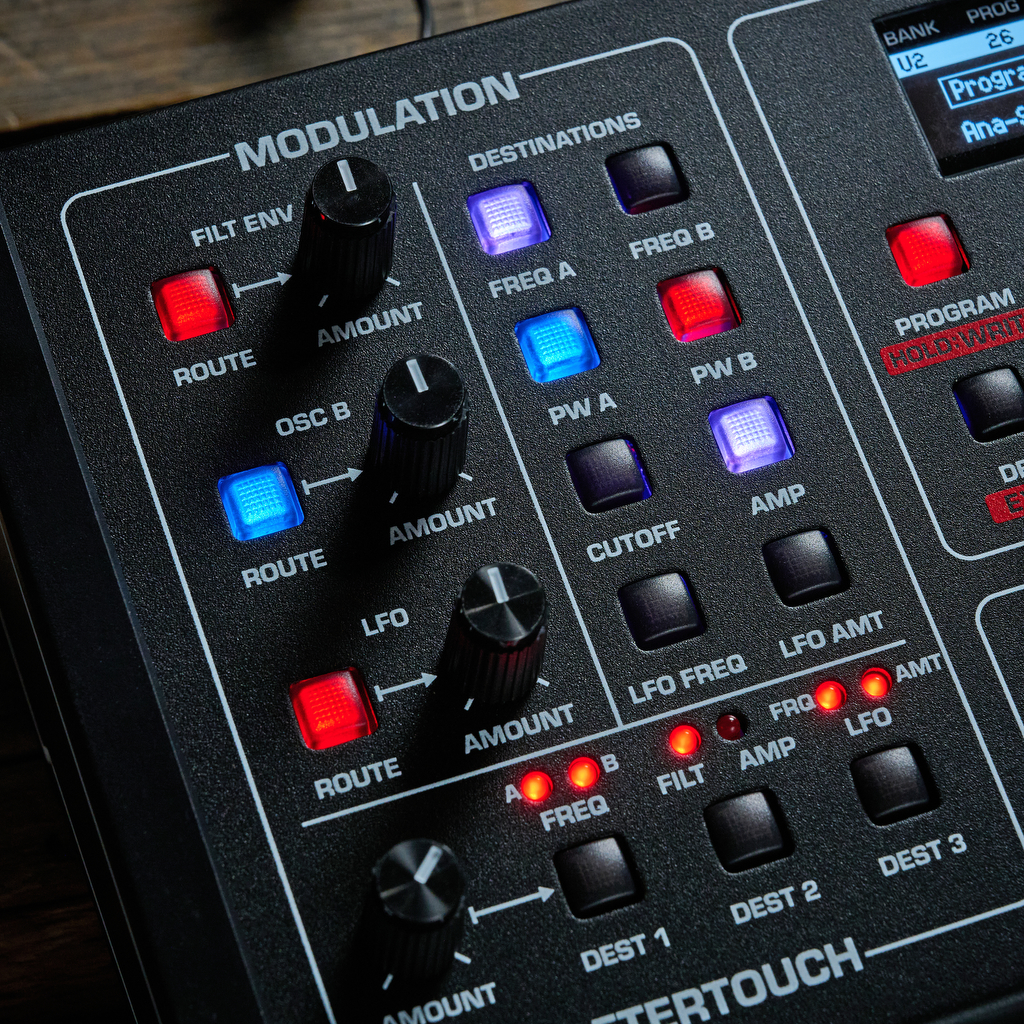
Fourm's modulation
If you’ll excuse the pun, Sequential has very good form when it comes to modulation, most often choosing simplicity over depth, so you can quickly and easily get hands-on and dynamic with your sound, without having endless options that you think you need to pursue. This makes programming Sequential synths a dream, because you can very quickly think that you have become a top sound designer without digging too deeply.
Fourm certainly continues this trend with its Pro-One style mod matrix. It features four main modulators: Filter Envelope, Oscillator B, LFO and Aftertouch, and an Amount dial to set each source level. There are destinations dedicated to each, which you use a matrix of buttons to access.
With the top three modulators, you get colour-coded button presses for the eight destinations, which was initially confusing. You press each of these eight destination buttons to cycle through three colours: red, blue and purple, which indicate which sources are being applied.
Blue indicates modulation by the mod wheel, while the red is direct from the source only; light off is no modulation. The purple option is the red and blue bus combined, so both mod wheel and your selected source modulate.
Finally, the fantastic polyphonic aftertouch (at the bottom) – which means each of the four voices can be modulated separately according to key pressure – can be applied to: the frequency of either or both oscillators, the filter or amp envelope (or both), and the LFO frequency or amount (or both). Tie in the filter and amp envelopes for more time-based modulation, and it’s a very easy and elegant setup – what we love most about Sequential synths (after their sound).
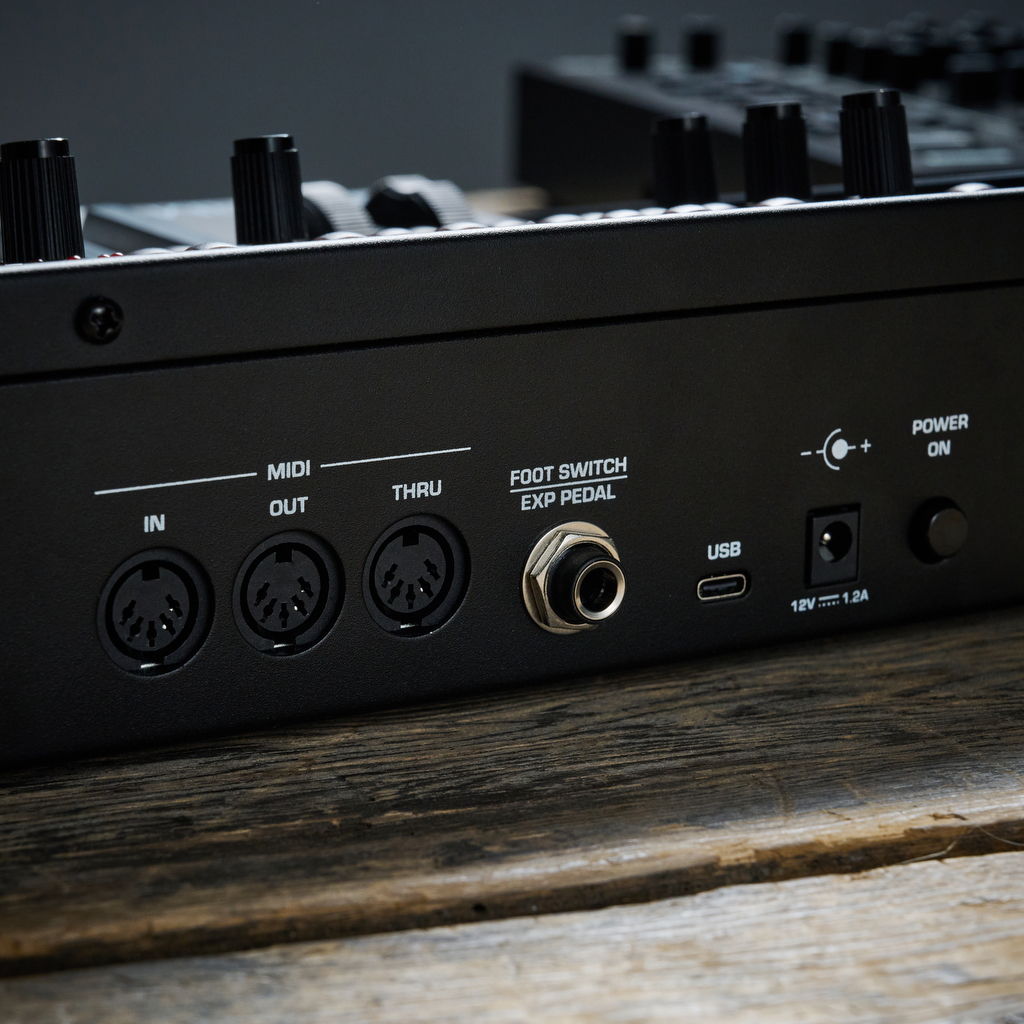
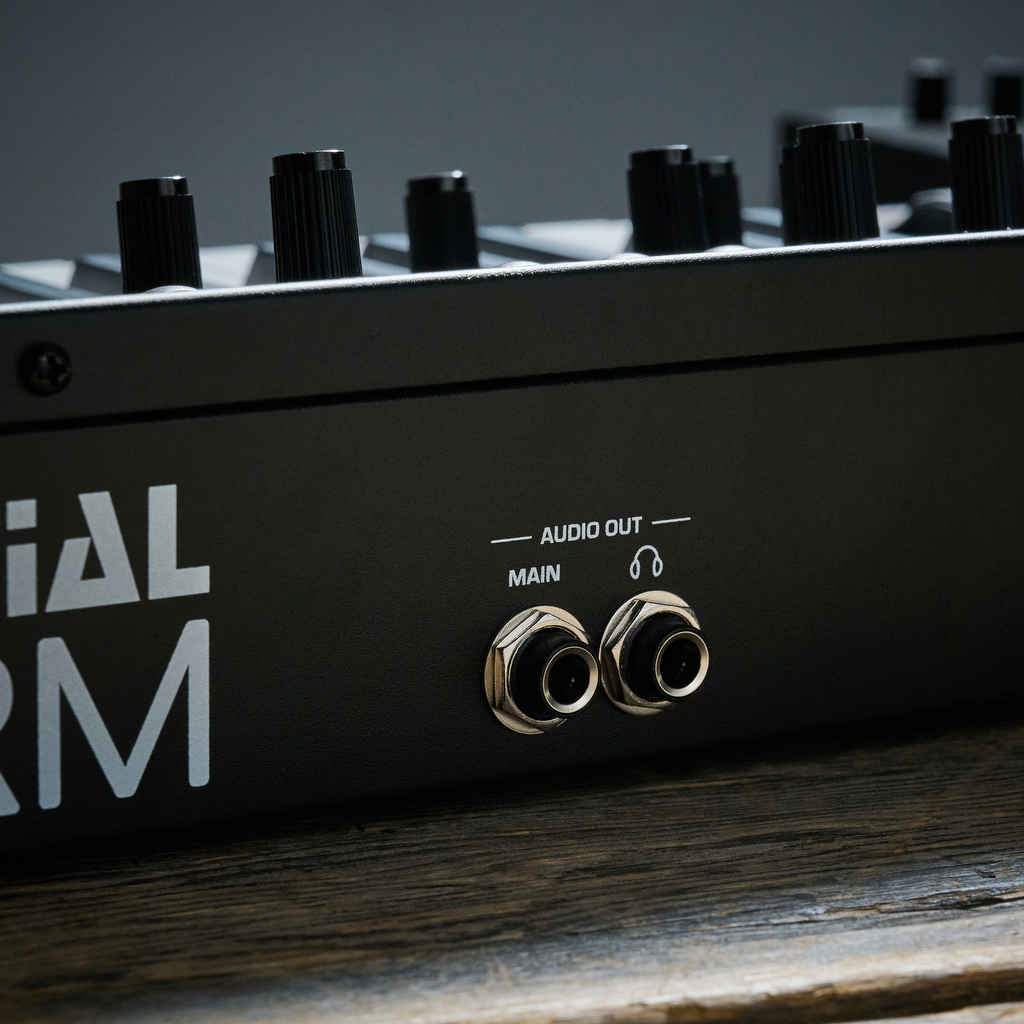
Verdict
Yes, Fourm has limitations – four notes will certainly be to some players – but what Sequential has done here is pack its best design practice and sounds into a hugely attractive, well-built, and value package that bucks the trend of worldwide inflation to become one of our top synth recommendations of the year.
Alternatives
Specifications
Price |
$999 | £799 | €949 |
Key features |
4-voice analogue polysynth 37-note slim key synth with a ‘Tactive’ keybed and velocity and polyphonic aftertouch Two analogue oscillators with simultaneously selectable waveforms; oscillator 2 has a low-frequency mode Classic Prophet-style Sync and 4-Pole resonant lowpass filter, 2 ADSR envelopes 128 presets (plus 256 user) plus 128 presets on the way (512 locations total) Pro-One style top-panel modulation matrix Feedback with aggressive drive circuit Arpeggiator with sequencer mode; 303-style glide per step |
Connections |
stereo out (1 x 1/4-inch jack), headphone out, MIDI in/out/thru, USB, footswitch/ pedal |
Dimensions |
56.2 x 25.1 x 7.0 cm (LxDxH) |
Weight |
3.97kg |
Contact |







